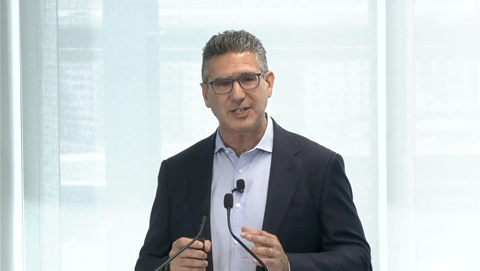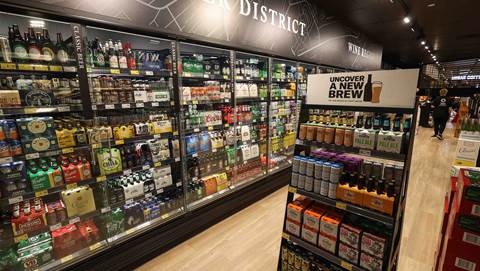There is a rise of a new c-suite executive, the chief automation officer (CAO), this new role is responsible to help organisations scale automation sustainably and infuse automation within its value chain, operating model and culture.

In a new Forrester report, it highlights the different roles the CAO needs to embrace to fulfill this position.
The report noted that the CAO will not be “direct lifts” from any current automation leaders, as the organisation’s need to build automation sets a new precedent.
The first role a CAO needs to be is a product owner. The CAO supports the continuous development of automation platforms that have distinct development roadmaps. The CAO is a strong product leader that effectively engages with other technology leaders such as the CIO and head of data.
The CAO is a process leader, they treat process intelligence as a distinct class of enterprise insights, establishing process analysis and discovery as a foundational layer that connects to the automation portfolio.
Those in the CAO role need to also be a technophile. Forrester said the CAO brings a “vast curiosity and willingness” to combine and implement emerging technologies to solve problems.
The CAO needs to also have an unbiased understanding of how enterprise IT works. As the automation portfolio grows in strategic value, IT needs to step in to help govern and support it like any other enterprise platform.
The CAO needs to have a transformation background, as they need to have an understanding of the links between automation, data initiatives and business strategy.
Forrester said the CAO can also apply structure and system thinking to the automation vision; establish organisational structures to support various endeavours such as experimentation, innovation, standards, governance, and oversight.
Max Cheprasov, chief transformation officer, Tinuiti and former CAO, Dentsu told Forrester, “I see the chief automation officer as essentially a tech-savvy business operator who is cross-functionally skilled to identify opportunities where transformation and automation should occur to improve the total experience of the enterprise across all touchpoints from customer experience to employee experience to partner experience.”
Finally, a CAO needs to be a canny storyteller to create a vision for the organisation’s future as an autonomous enterprise.
Forrester said on a pragmatic level, they are also able to narrate the value and impact of an automation program at multiple organisational levels. The automation-fuelled transformation has a deep impact on organisational culture from the ground up.





.png&h=140&w=231&c=1&s=0)



.png&w=100&c=1&s=0)

 Digital Leadership Day Federal
Digital Leadership Day Federal
 Government Cyber Security Showcase Federal
Government Cyber Security Showcase Federal
 Government Innovation Showcase Federal
Government Innovation Showcase Federal
 Digital NSW 2025 Showcase
Digital NSW 2025 Showcase












_(1).jpg&h=140&w=231&c=1&s=0)



